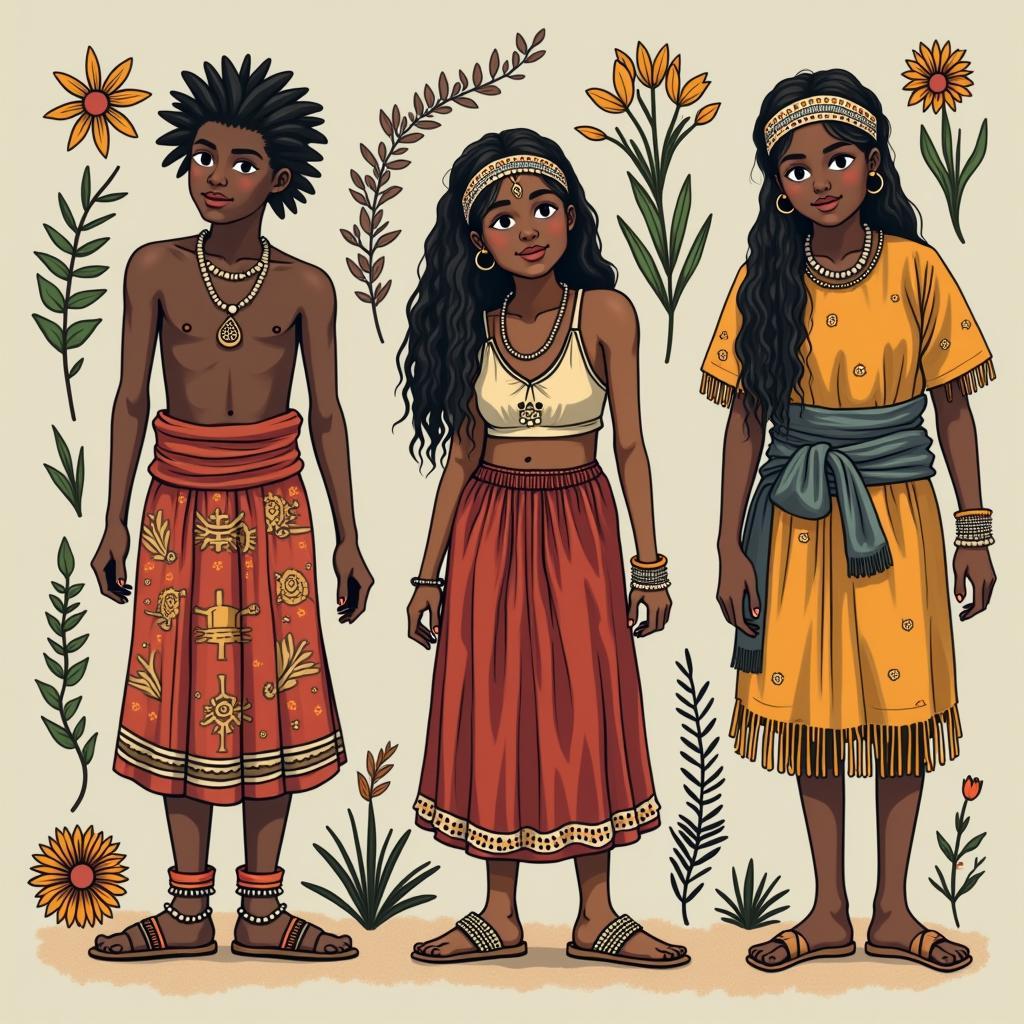Cultural appropriation has become a central topic in discussions about popular culture. It’s a common subject in the Summarize Written Text task in the PTE (Pearson Test of English) exam. In this practice post, we will provide a sample practice topic on “Cultural Appropriation In Popular Culture” designed per PTE exam standards. Additionally, we will offer sample answers across different band scores and detailed evaluations.
Understanding Summarize Written Text in PTE
In the Summarize Written Text task, you’re required to condense an entire passage into one concise sentence. Achieving a high score requires performing well in several aspects such as content, form, grammar, spelling, and vocabulary.
This exercise helps learners practice integrating complex ideas from multiple sentences into a single, coherent sentence that captures the essentials of the passage.
Now, let’s dive into the task.
Sample PTE Summarize Written Text on Cultural Appropriation:
Instructions: Read the text below. Summarize it in one sentence. Your response must be between 5 and 75 words.
In recent years, debates about cultural appropriation in popular culture have intensified, especially with instances where dominant cultures have adopted elements of marginalized or indigenous groups without proper understanding or respect. From fashion and music to art and media, cultural elements are often used in ways that dilute or distort their original significance, sparking outrage amongst the communities to which these symbols belong. Advocates for cultural sensitivity argue that such appropriations often mirror historical patterns of exploitation and erasure, and that steps should be taken to acknowledge these cultural artifacts properly while giving credit to their origins.
 Group of people in pop culture debating cultural appropriation
Group of people in pop culture debating cultural appropriation
Sample Answers for Different PTE Band Scores:
Band 90 Score Sample:
The contentious issue of cultural appropriation in popular culture, where dominant groups adopt cultural symbols without acknowledgement, often leads to the dilution of cultural significance and perpetuates patterns of exploitation.
Analysis:
- Content: The response accurately summarizes the main points of cultural appropriation, capturing its implications in popular culture and the resulting controversy.
- Form: The sentence is within the required word count and is concise.
- Grammar: The sentence structure is flawless with a clear formulation.
- Vocabulary: Words like “contentious,” “dilution,” and “exploitation” enhance the complexity of the summary.
- Spelling: There are no spelling mistakes.
Band 80 Score Sample:
Cultural appropriation in popular culture happens when dominant cultures adopt aspects of other groups without giving them credit, often leading to community outrage and calls for respect.
Analysis:
- Content: This response addresses the core of the text but lacks the emphasis on historical patterns of exploitation.
- Form: Word count is achieved appropriately.
- Grammar: Grammatically sound but slightly less complex than the Band 90 answer.
- Vocabulary: The vocabulary is accurate but uses more common words such as “happens” instead of “occurs.”
- Spelling: No issues with spelling.
 Cultural symbols being used commercially without credit or understanding
Cultural symbols being used commercially without credit or understanding
Band 70 Score Sample:
The debate on cultural appropriation in music, fashion, and other areas has increased as people adopt elements of other cultures without permission.
Analysis:
- Content: This summary captures part of the text but misses the explanation of the problems caused by cultural appropriation, such as distortion and exploitation of cultural significance.
- Form: It fits within the required word count.
- Grammar: There are no grammatical errors but the sentence is quite simplistic.
- Vocabulary: Uses basic vocabulary with little variety (e.g., “increased” and “adopt”).
- Spelling: No spelling errors.
Band 60 Score Sample:
Many people in popular culture take things from other cultures without understanding them, and this can result in anger.
Analysis:
- Content: The primary meaning is somewhat clear, but the summary omits vital aspects such as historical connections and exploitation.
- Form: Word count is compliant but far too simple.
- Grammar: The sentence is grammatically correct but imprecise.
- Vocabulary: Limited word choice with very simple terms like “things” and “anger.”
- Spelling: Accurate spelling but overall readability is compromised by simple phrasing.
Vocabulary & Grammar Tips for This Task
-
Appropriation /əˌprəʊpriˈeɪʃn/: The act of taking something for one’s use, often without permission.
Example: The inappropriate appropriation of indigenous symbols in music videos sparked criticism. -
Dominant (Culture) /ˈdɒmɪnənt/: Exerting authority or control over others.
Example: The dominant culture in the region significantly influenced its art forms. -
Marginalized (Groups) /ˈmɑːdʒɪnəlaɪzd/: Groups of people that are pushed to the edges of society and given little importance.
Example: Marginalized communities have protested against cultural appropriation in media.
 Indigenous cultural symbols being misused in fashion
Indigenous cultural symbols being misused in fashion
-
Outrage /ˈaʊtreɪdʒ/: A strong feeling of shock or anger.
Example: The public expressed outrage at the singer’s use of sacred cultural symbols. -
Exploit (Exploitation) /ɪkˈsplɔɪt/: To make use of someone or something unfairly for one’s benefit.
Example: The fashion industry has been accused of exploiting traditional attire for commercial gain. -
Erasure /ɪˈreɪʒə/: The removal of all traces of something.
Example: Critics argue that cultural appropriation leads to the cultural erasure of minority groups. -
Dilute /daɪˈljuːt/: To make something weaker or less effective by mixing it with something else.
Example: The appropriation of religious symbols often dilutes their meaning.
 The cultural erasure of marginalized traditions in pop culture
The cultural erasure of marginalized traditions in pop culture
-
Artifact /ˈɑːtɪfækt/: An object made by a human being, typically cultural or historical in nature.
Example: Museums across the world are full of cultural artifacts from colonized nations. -
Acknowledgement /əkˈnɒlɪdʒmənt/: The act of recognizing someone’s contribution or existence.
Example: There was no acknowledgment of the original creators of the cultural dance. -
Sensitivity /ˌsensɪˈtɪvɪti/: The quality of understanding and reacting appropriately to the feelings of others.
Example: Cultural sensitivity is crucial in avoiding the misuse of traditional practices.
Conclusion
Practicing Summarize Written Text tasks like the one provided on “Cultural Appropriation in Popular Culture” helps improve your summarizing abilities for the PTE exam. Remember to focus on including the key ideas while maintaining accurate grammar, appropriate vocabulary, and following the word limit. Cultural appropriation is an increasingly important topic in exams like the PTE, so familiarizing yourself with terms and contextual analyses will help you significantly. Don’t forget to leave comments if you have questions or need further practice tips!